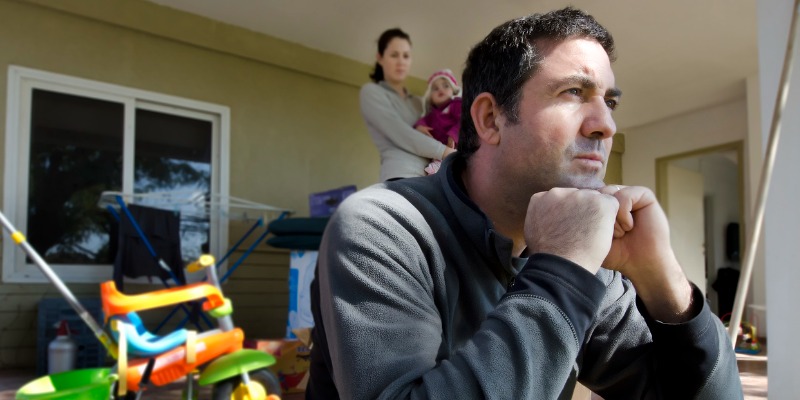Canadians want more houses—but they aren’t getting built

The jury is in—many Canadians want larger homes, preferably at ground level. This isn’t really a revelation. The pandemic simply accelerated pre-existing trends as people seek more room to live, work or raise a family. And yet, we’re building less of this type of housing, not more.
Today, “ground-oriented” housing—such as single-family homes and townhomes—is 31 per cent more expensive in Canada than before the pandemic, even after falling from its peak in early 2022, easily outpacing significant price gains (17 per cent) in condos. Ground-oriented housing also experienced the highest volume of home sales during the pandemic. Clearly, many Canadians want to live in ground-oriented homes. And this trend will likely persist as workers maintain their preference for more flexible work arrangements.
However, as noted in a new study published by the Fraser Institute, the 2010s was the decade with the fewest ground-oriented housing completions (in absolute terms) since the 1960s—when Canada’s population was less than two-thirds as large. Now, apartments are the most commonly built housing type in Canada.
Normally, when the price of a good or service goes up, producers increase supply. The very opposite has occurred for ground-oriented homes, skewing the housing mix away from the preferences of many Canadians and their families. Canada’s acute (and well-documented) shortage of homes of all types—combined with a decade of low-interest rates and fast-growing population—has caused rents and home prices to skyrocket.
In many regions, this trend boils down to policy choices. Ground-oriented housing has taken the brunt of a “double-squeeze” where local and provincial governments have restricted both upward and outward growth. In Ontario, for instance, the provincial government has heavily discouraged homebuilding on the outskirts of cities in the Greater Golden Horseshoe region surrounding Toronto since the mid-2000s. The same goes for Metro Vancouver, which reports that 99 per cent of development has occurred within its “urban containment boundary” since 2011. Similar policies can be observed everywhere from Ottawa to Calgary.
Many municipalities simultaneously made it very difficult to shoehorn family-sized homes into existing neighbourhoods, due primarily to restrictive zoning bylaws and land-use regulations. Consequently, it’s hard to build both new suburban communities and denser forms of ground-oriented housing (townhouses and duplexes) in existing neighbourhoods.
Recently, however, we’ve seen glimmers of hope. The Ontario, British Columbia and Nova Scotia governments all proposed or passed legislation to reduce barriers to more homebuilding. Ontario allowed up to three units to be built on single-family lots by “as-of-right,” meaning more homes can be built with less red tape. B.C.’s new premier is proposing similar changes to be tabled this fall. This is good news but by no means a silver bullet. Similar reforms in other jurisdictions have been stifled by regulatory stipulations limiting the physical addition of more homes—let alone the types of homes Canadians prefer.
This fundamental mismatch—between what Canadians want and what’s available to them—is setting the stage for a turbulent but necessary debate about the future of our communities. Rather than quiet down post-pandemic, this debate will likely intensify. Through their actions, Canadians have clearly identified the kinds of homes and communities they’d prefer to live in. Policymakers ignore them at their peril.


